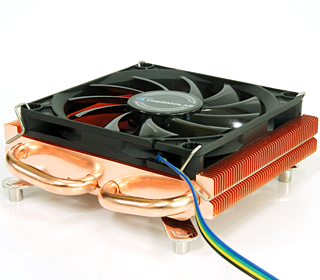firies2000
n00b
- Joined
- Mar 15, 2015
- Messages
- 11
I'm considering buying this case. Though I have questions about the case that would help me decide buying this case:
1. Which type of GPU cooling method is recommended for this case? blower-style or
open-air?
Here is ur answer:
https://www.youtube.com/watch?v=nAKyh-qqQCw
![[H]ard|Forum](/styles/hardforum/xenforo/logo_dark.png)
